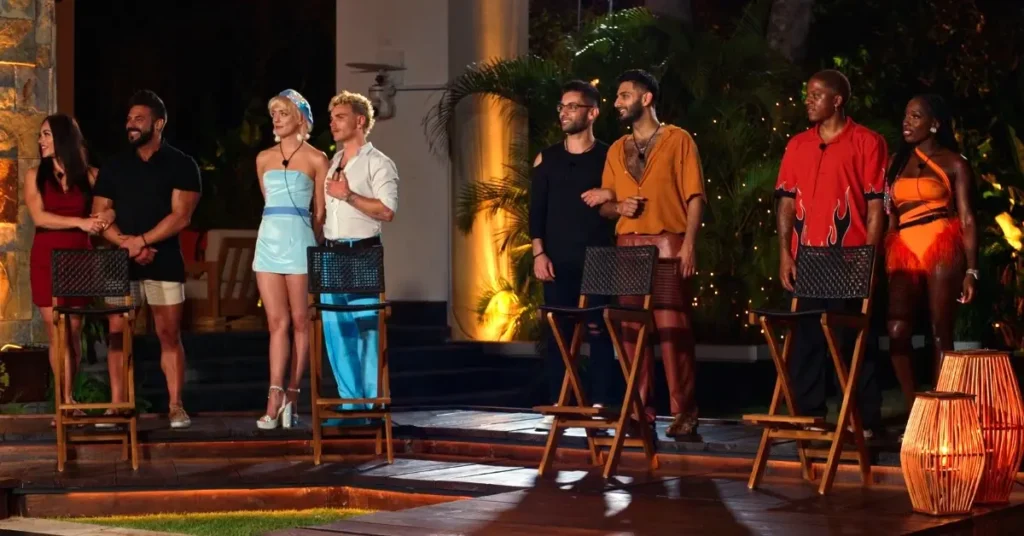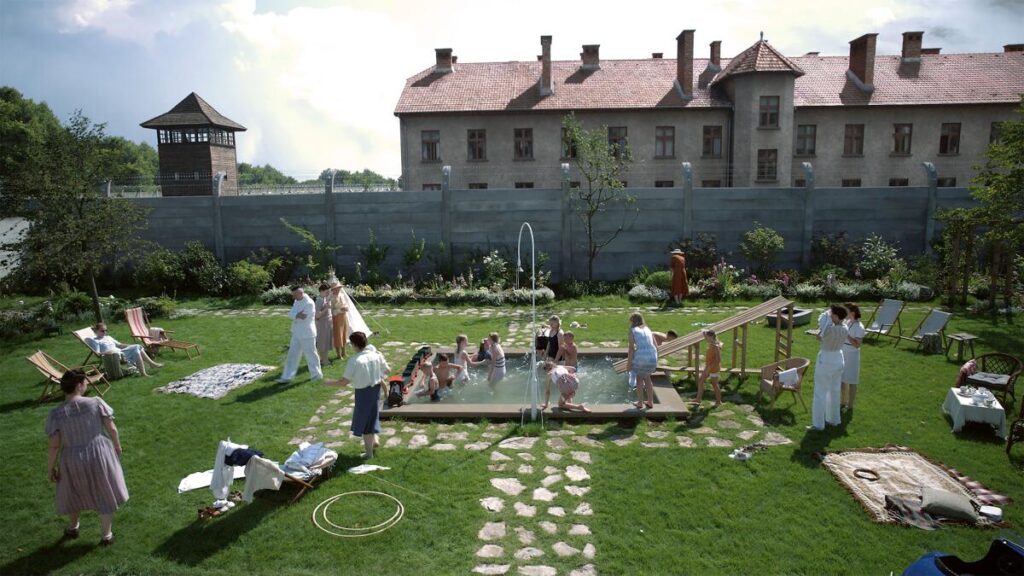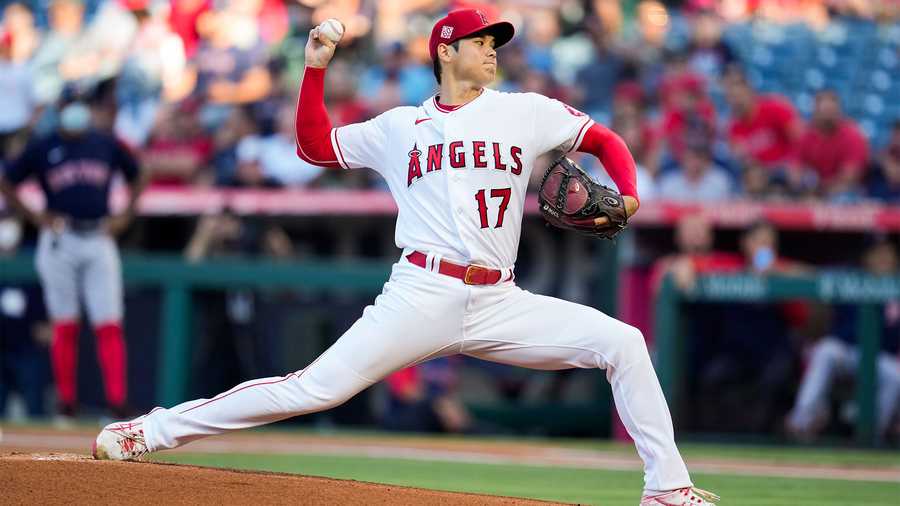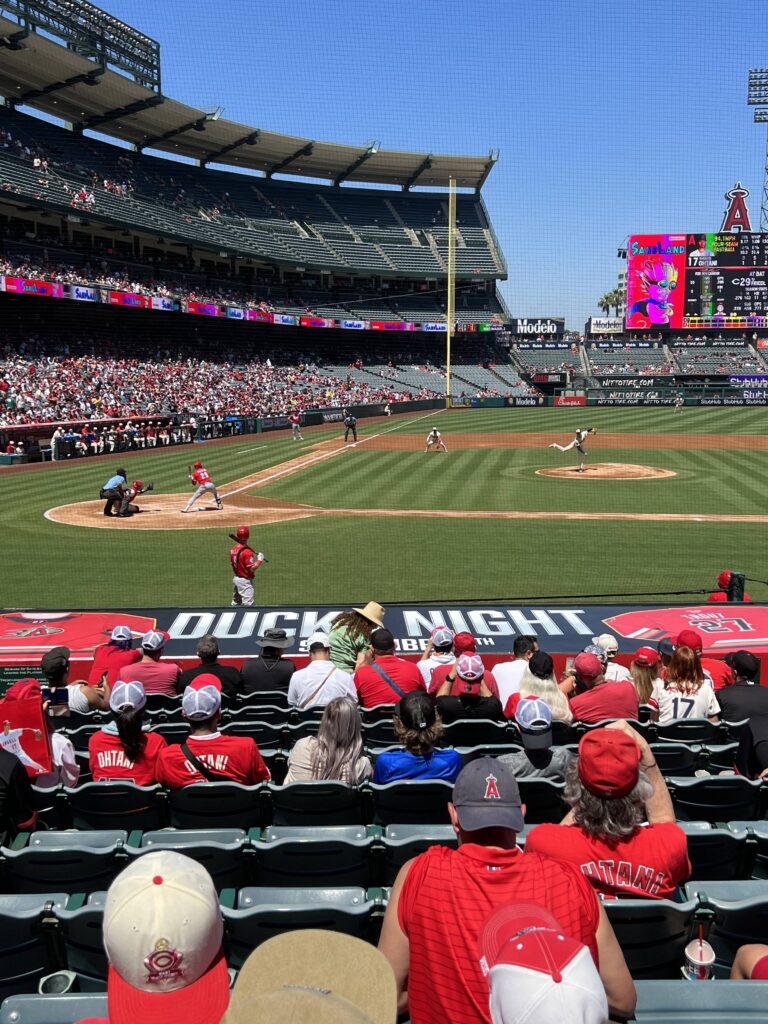Couple to Throuple is a predictably toxic portrayal of polyamory
Written by Ian Thomas Malone, Posted in Blog, Pop Culture, TV Reviews
The LGBTQ population is very poorly represented by the swath of offerings across the reality TV landscape. Millions of heterosexuals can enjoy seeing the most toxic elements of straight culture play out each week on their favorite programs. The gays have no such luck, those of us predisposed to the genre forced to endure the adult equivalent of Disney princess fare.
The Peacock series Throuple to Couple ostensibly attempts to provide some insight into the world of ethical non-monogamy, a widely misunderstood segment of the dating world. Though ENM is quite common, though often confusing to explain with all the different terminology. ENM is an umbrella term that includes, but is certainly not limited to, open relationships, polyamory, and the more widely known practices such as swinging/swapping/threesomes. If any/all of that sounds confusing, the nuance is bound to be something lost in the weeds of reality television show
Couple to Throuple takes a bunch of ENM-inclined folk and dumps them in a beautiful island resort in Panama. As the title suggests, the primary driver of the narrative are couples seeking a third. The couples are presented with a swath of potential singles. In a style similar to Love Island the throuples share a bed together immediately, an awkward rite of passage for reality dating shows. What’s a little unusual is that the group of singles is kept around for the duration of the ten episode season, an awkwardly fixed ecosystem that betrays many of the flaws of this self-proclaimed experiment.
Seasoned practitioners of ENM generally frown upon the concept of “unicorn hunting,” usually when a heterosexual couple seeks a bisexual woman. There is an inherent power imbalance when a third enters into an established dynamic, sparking natural concerns over fetishization and basic stability. Couple to Throuple starts off its season with some exercises nominally designed to address this, overseen by a relationship “expert,” but the basic issues surrounding the very premise of the show surface almost immediately.
Few of the couples in Couple to Throuple have much experience with ENM. The term throuple may have entered the public lexicon, but the practice itself is fairly rare within polyamory and ENM. At least one of the couples has experience dating outside their relationship, but most are opening things up, or dating someone else together for the first time. Many of the singles have been in poly relationships, another messy reality for the power structures of the program. In typical reality TV fashion, the show emphasizes several “stay or swap” ceremonies, where the couples and their thirds are each given the chance to either stick with things or switch up their trouple. The constant emphasis on rotation only adds to the inherent instability of this mess, an untenable burden of doubt for many of the singles.
The idea of the couples being new to ENM is an interesting concept in theory, especially since many viewers are in the exact same boat. The execution is a predictable mess of toxic drama. The show largely tosses out any educational intentions halfway through, instead focusing almost all its attention on conflict and will they/won’t they moments between the cast. At a certain point, the show becomes quite clownish in its shameless dedication to one throuple that spent the entire season feuding with each other. The farce is so absurd that it’s almost hard to enjoy even as a problematic guilty pleasure.
The show takes such a haphazard approach to ENM that even basic reality is ignored in favor of throuple fantasy. The show repeatedly emphasizes the idea of monogamy within the throuple as something that many of the people want, not necessarily even just the established couples. The power dynamics of a closed throuple are very complicated, of course not something that the show cares to explore.
The most laughable moment of the entire season comes from one of the throuples deciding they’d definitely found their third, leaving the villa with an aura of “Mission Accomplished” that stands in direct contrast to the amount of drama centered on that couple for much of the season, including basic issues with jealousy not to mention practically untenable boundary issues. The show essentially decided that because this throuple was going to be worthless at future “stay or swap” ceremonies, they had no future narrative worth exploring.
Anyone who engages in a single element of ENM will tell you that it’s not easy to make things work in the long run, an often-forgotten reality of any type of relationship dynamic. Polyamory, the specific act of being in a relationship with multiple people, is very challenging, requiring ample empathy and communication. One might not necessarily expect a reality TV show to handle anything with nuance or grace, but it’s pretty jarring to see how quickly Couple to Throuple races to the gutter in its quest to be as toxic as humanly possible.
The show does deserve some sliver of credit for its effort to show some positive LGBTQ visibility. The lack of a MMF dynamic is a little disappointing, with many MFF configurations, but it wouldn’t be too surprising to learn that the show had trouble casting couples. Good intentions from a few couples aside, most of these people are too new to ENM to make for any kind of positive representation here.
Shows like Love Island, Love is Blind, and The Bachelor do not carry the same weight of obligation toward the heteronormative community that Couple to Throuple possesses toward ENM people. It’s not inaccurate to say that’s unfair, but that’s also the reality that every LGBTQ or LGBTQ-adjacent community has to confront with regard to mainstream media.
Couple to Throuple paints a toxic portrait of polyamory in the trashiest, most predictable way possible. Anyone with any experience in ENM knows this community has plenty of characters ripe for the genre. The poly community deserves our own cringey shows, but this base-level rancid vanilla simply fails on every level.
















